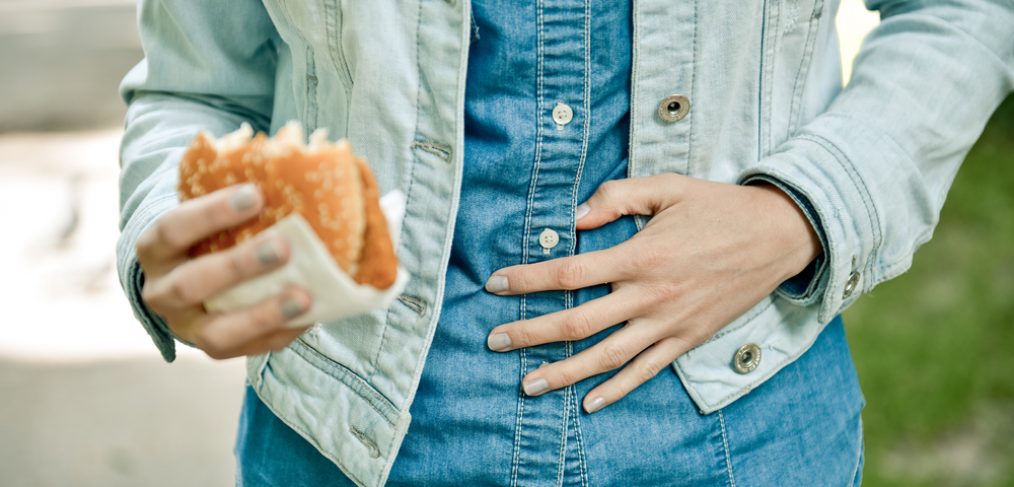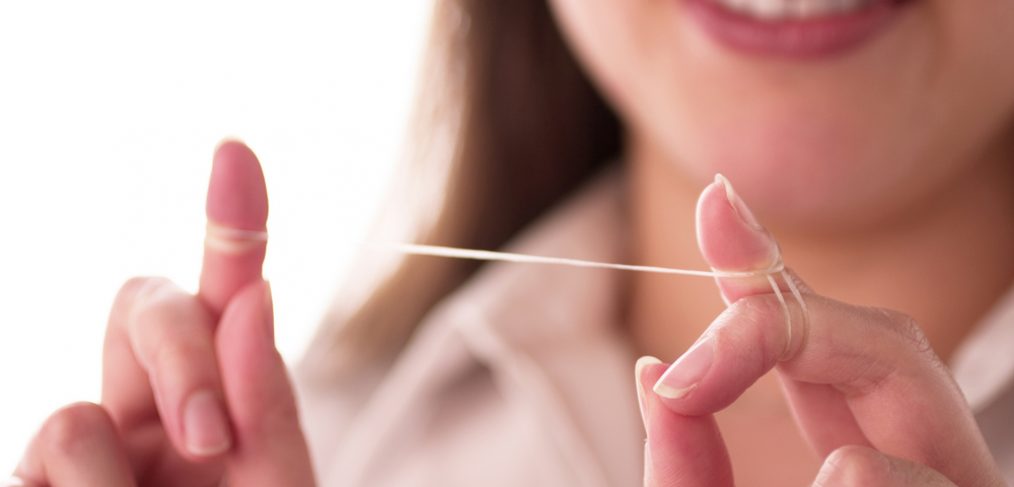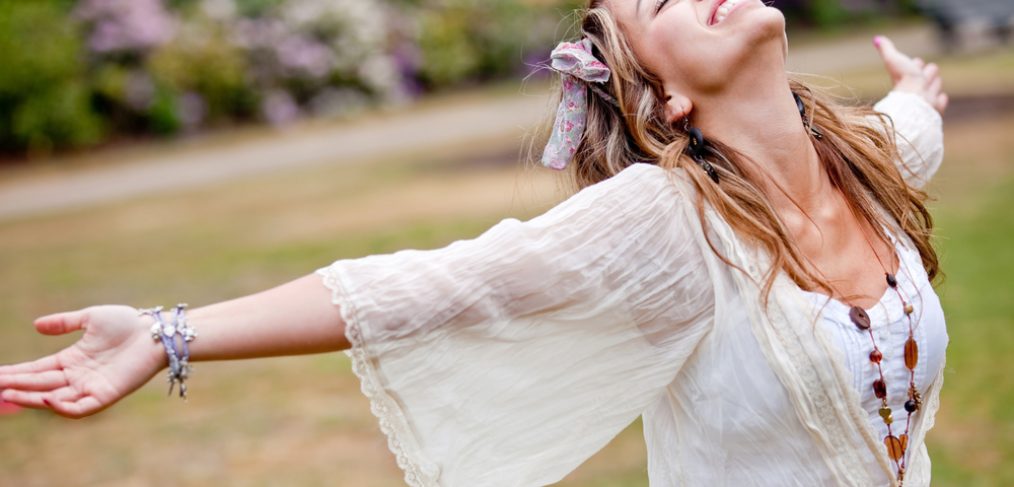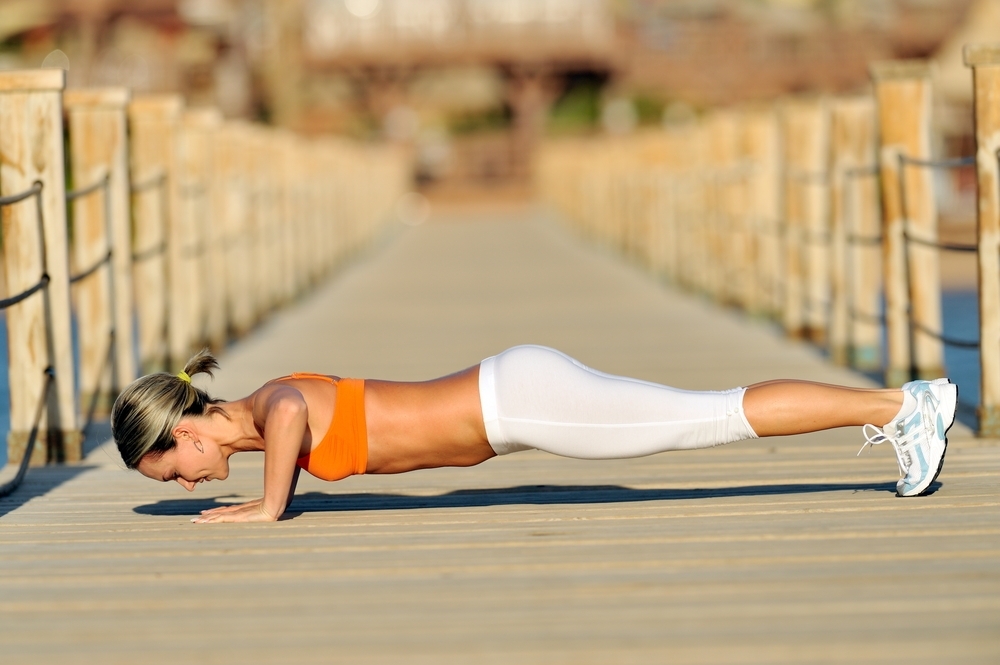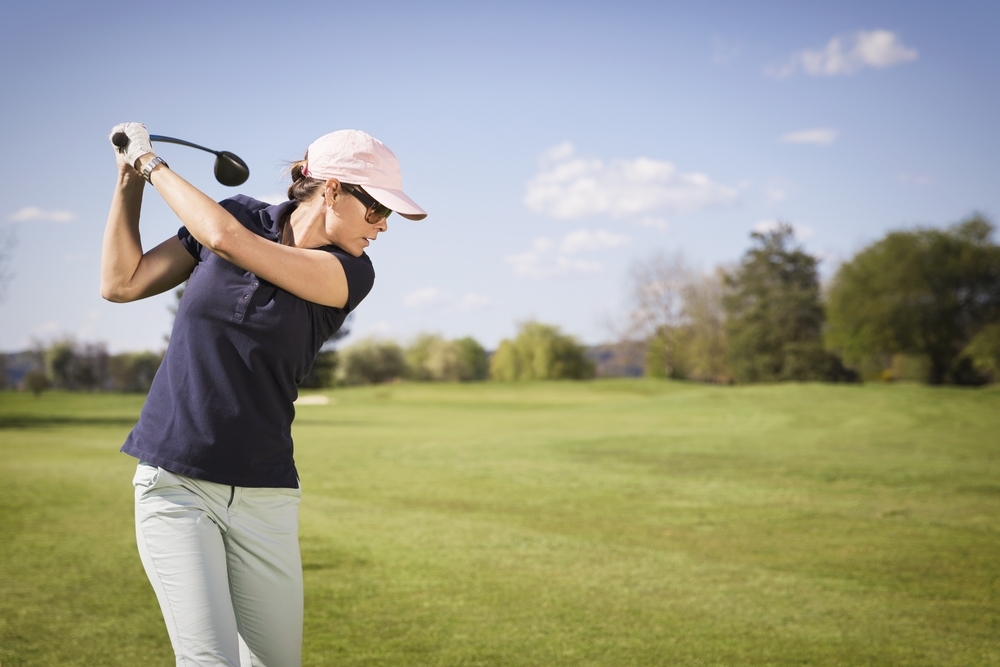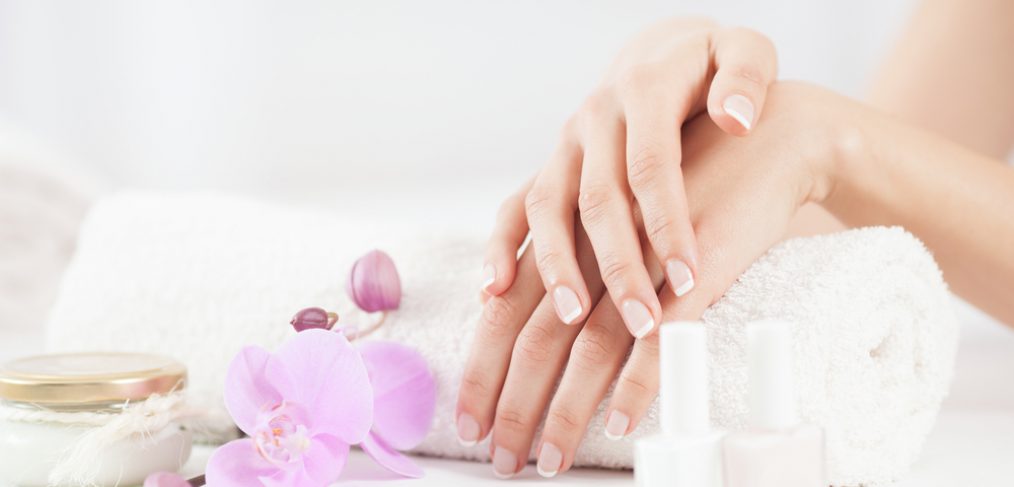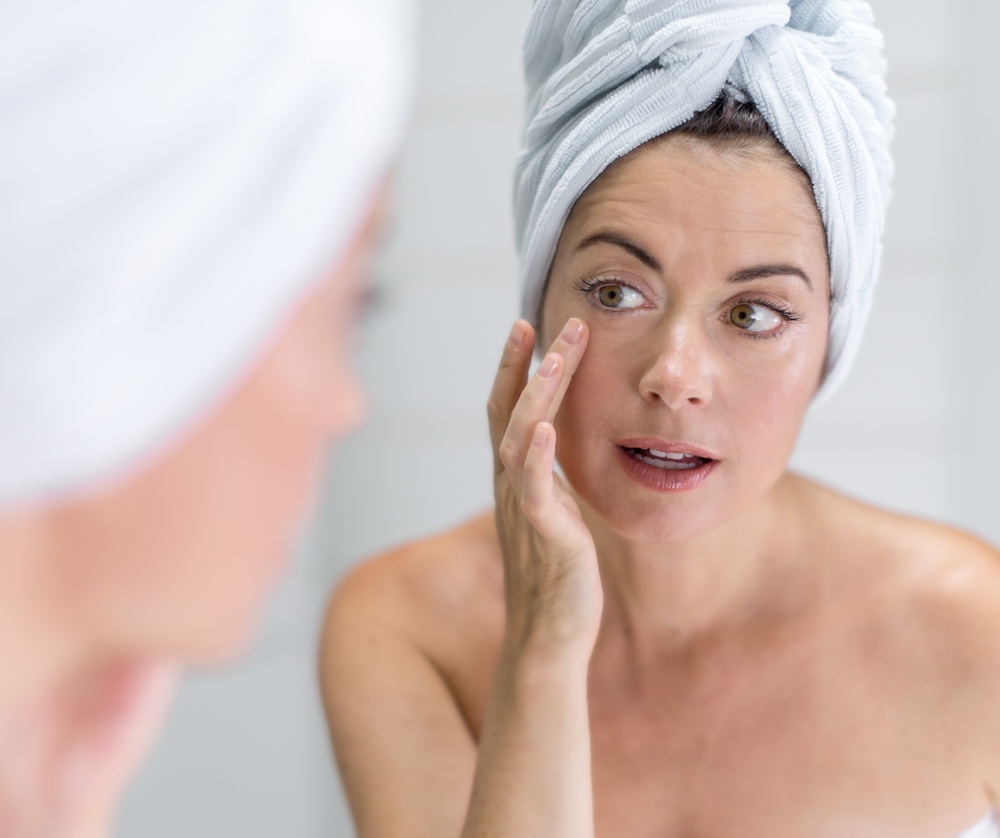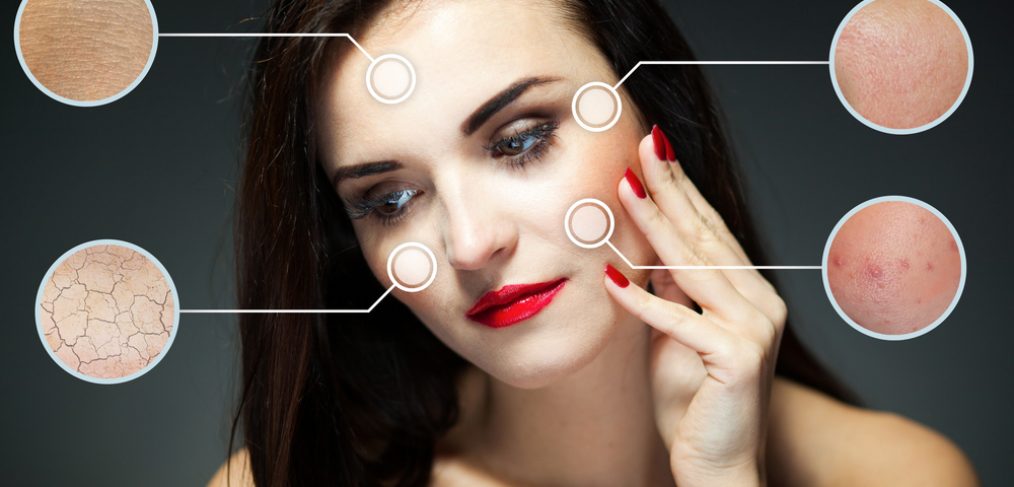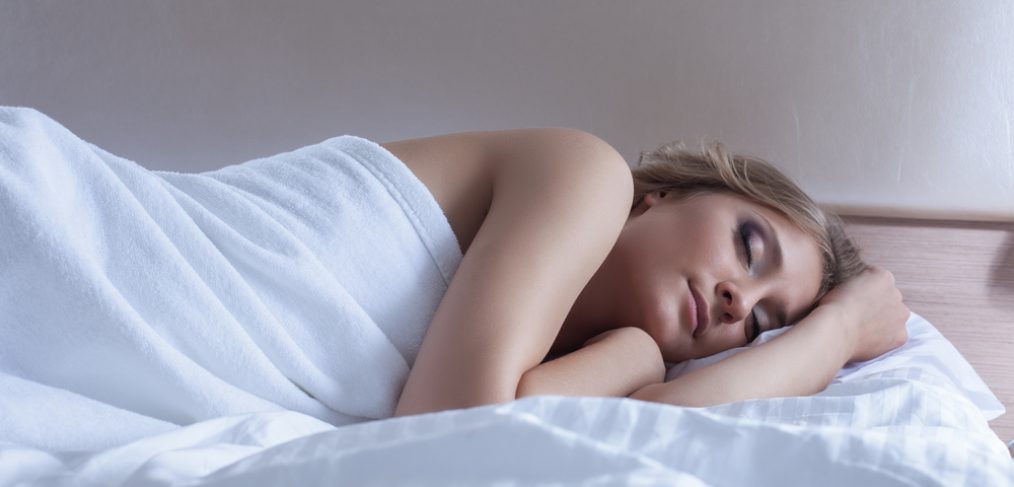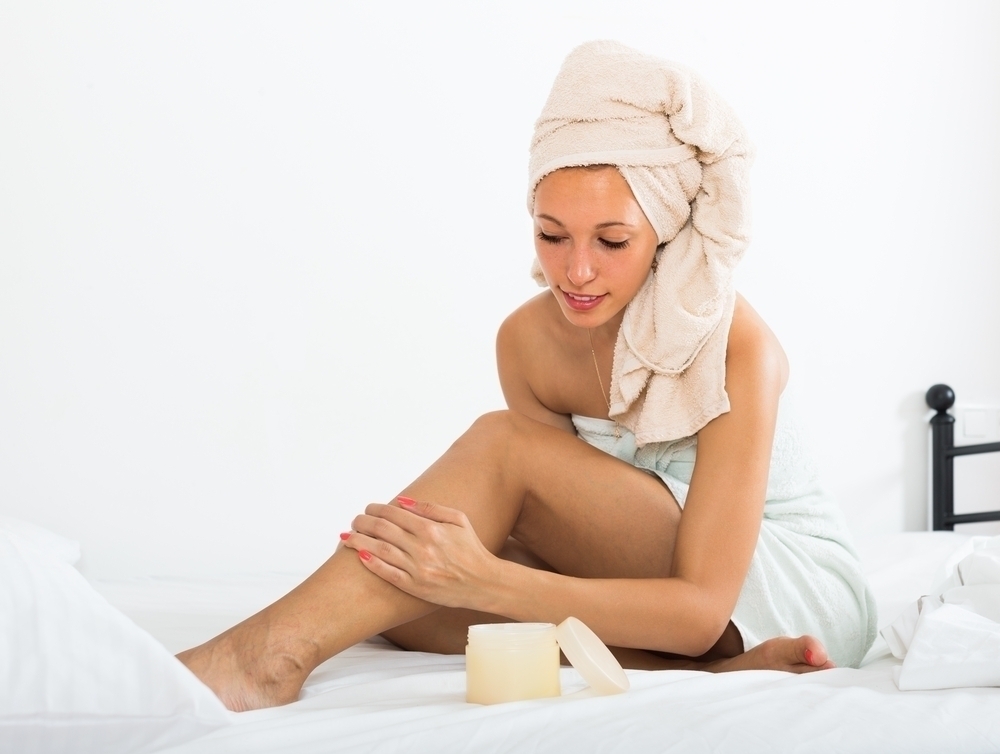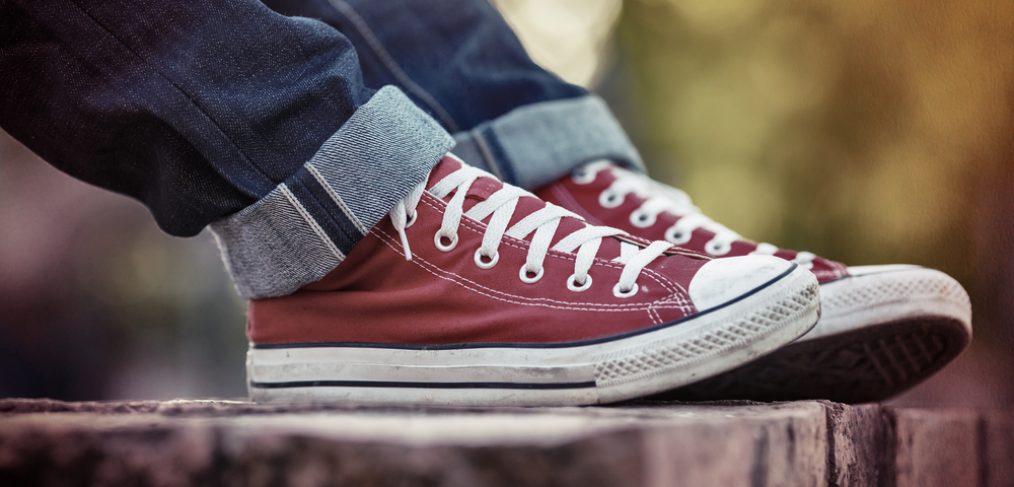Kidney stones may have been plaguing humans since the beginning of time. In 1901, archeologist E. Smith found a bladder stone from a 4500-5000-year-old mummy in El Amrah, Egypt. The Hippocratic Oath, historically taken by newly trained physicians and initiated in the 4th century BC, mentions kidney stones. A painting from 1655 by Carel de Savoyen portrays Jan van Doot, a Dutch blacksmith and amateur kidney stone remover holding a knife and bladder stone after a successful extraction. Luckily, today’s surgeries are a lot less DIY.
Aminerals is a piece of material that forms when substances in the urine, like salt and minerals become highly concentrated. Small ones can pass with little or no pain. Larger ones can get stuck along the urinary tract, blocking the flow of urine and cause severe pain and bleeding. There care four types of kidney stones. Each requires different dietary plans to follow in order to lessen their occurrence. Uric acid stones are the product of a high acid content in the urine and require an alkaline diet to balance the high acidity level
Purine
Red meat and shellfish contain a chemical compound called purines. Purines are acidic in the body and lead to a lower urine pH, which means urine is more acidic, enabling the formation of uric acid stones.
To prevent uric acid stones, it is suggested that suffered swap high purine foods for a diet high in fruits and veggies, whole grains, and low-fat dairy. Sugar-sweetened foods and drinks contain phosphorous and high fructose corn syrup which can increase acidity in urine. Alcohol and crash diets should be avoided as well as rapid weight loss increases uric acid.
Proteins
You’ll want to limit your protein intake, as proteins are high in purine. You can safely eat 6 oz of poultry, fish, beef, lamb , veal, and eggs, Limit your intake of beans and peas to two servings per week. Avoid organ meats like liver, anchovies, mackerel and lobster. Try incorporating nut and nut butter into your diet as a vegetarian protein alternative.
Dairy
While dairy products tend to be acidic in the body, they provide a great source of calcium and should not be eliminated from your diet. In order to keep the acid level down, choose low-fat or fat-free options when eating milk, yogurt, and cheese. Saturated fat decreases the elimination of acid and can worsen kidney stones.
Fruits and Vegetables
Fruits and veggies are always a really good choice for a low acid diet. They are rich in vitamins, minerals, and antioxidants. However, limit your intake of spinach, mushrooms, asparagus and cauliflower to two servings per week. They are a bit higher in purine.
Grains and Starches
Carbs are great for neutralizing acid. Indulge in bread, pasta, cereal, rice potatoes and winter starch. Limit your oats to 2/3 cup per day and wheat bran and wheat germ to 1/4 cups per day and be sure to read the ingredient list on products to check for these. If they are near the top of the list, chances are the food is pretty high in concentration of the ingredient. You’re best off skipping that one.



